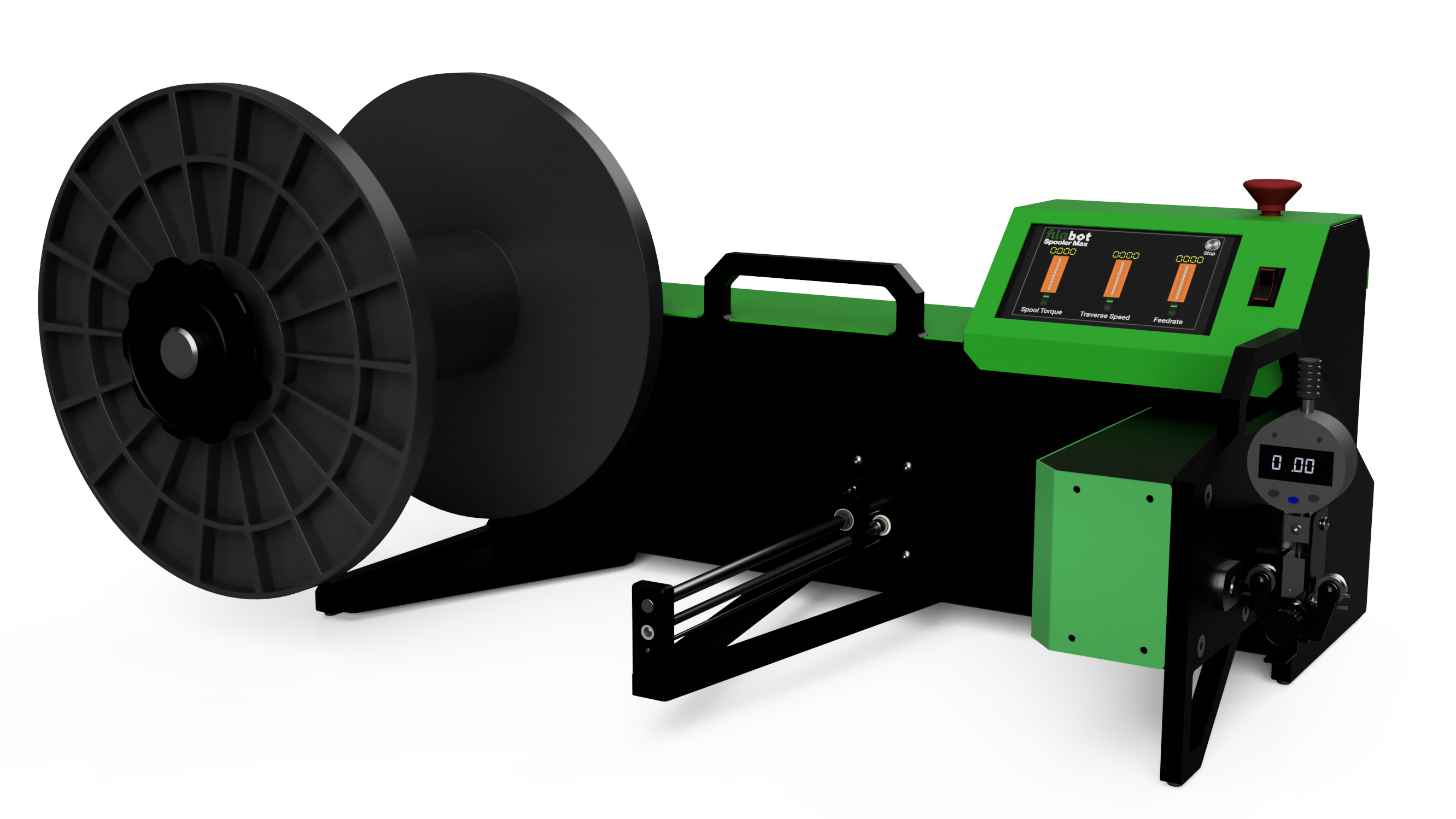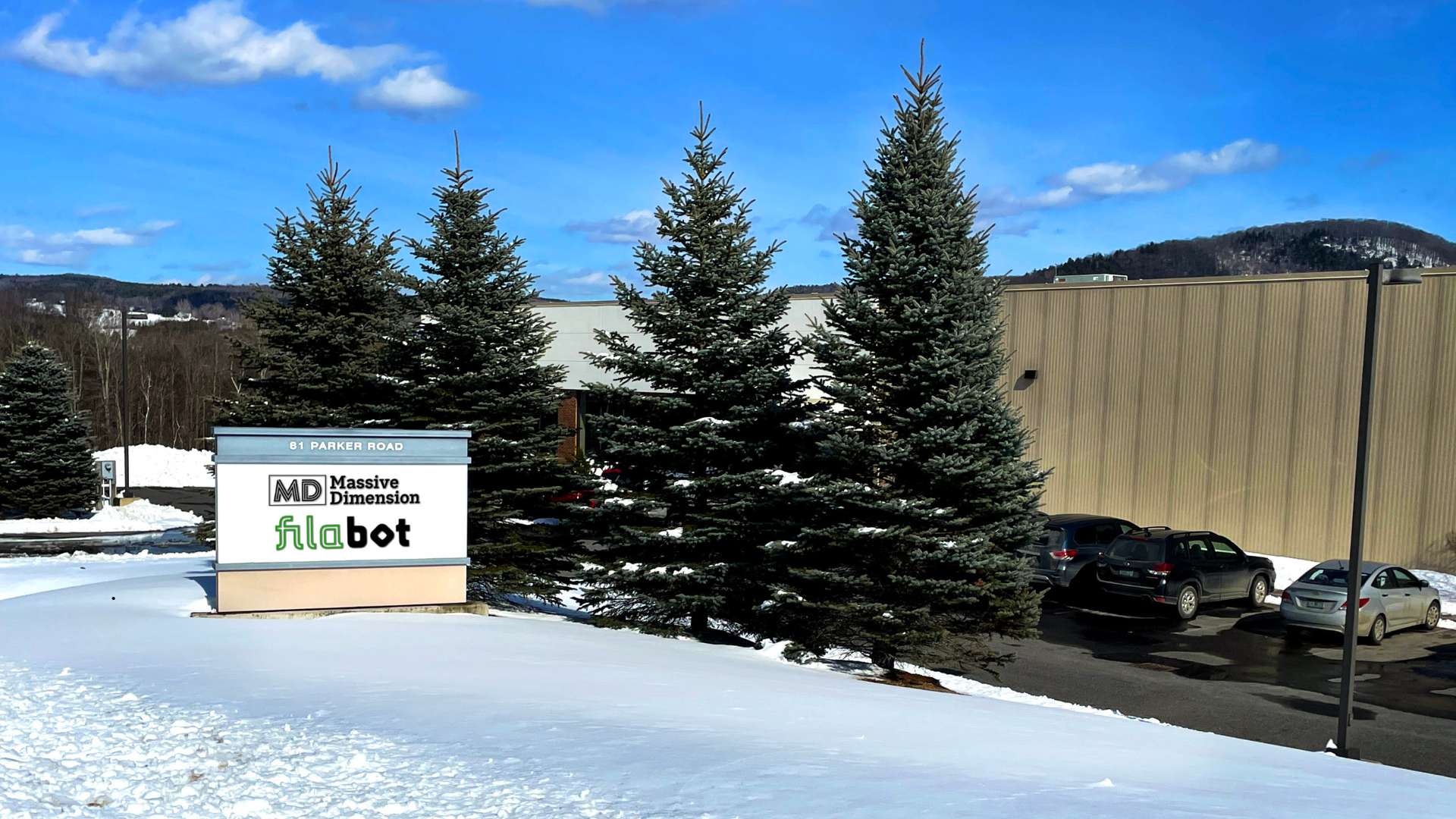Plastic is a simple two syllable word. But don't let that fool you. Plastic is a simple term that when looking deeper is very complex. Over our time working with plastic we have learned many things, from our research, to our lab testing. All very valuable knowledge, that is helping us reach our goal of turning waste plastic into new objects.
Plastic can be broken down into two main categories. Thermosets and Thermoplastic. Thermosets are plastics that once polymerized are in essence suck in place forever. Epoxy and Vulcanized Rubber are two common examples. Once thermosets are formed they cannot be broken down, or recycled.
Thermoplastic on the other hand can be recycled, because the bonds in this type of plastics is reversible so they can be heated and reformed. This is why we like thermoplastic, it gives us the opportunity to be able to reuse the material. Thermoplastic are most commonly know by the markings that are on the underside of them, for example a soda bottle will have a #1 inside of a recycling triangle. This number designated the family of plastic, and from there there are thousands of different grades of plastic inside that family, all while still being called a #1. This is true for #1, #2, #3, #4, #5, #6, and #7. The last category #7 is a catch all of other types of plastics. ABS is in the category. Across all of these categories there are many different chemical compositions and physical properties. Some thermoplastic plastics are stronger, some are lighter, some bend more, some are more resistant to heat, and the list goes on.
Stay tuned for more interesting observations about our plastic findings.


